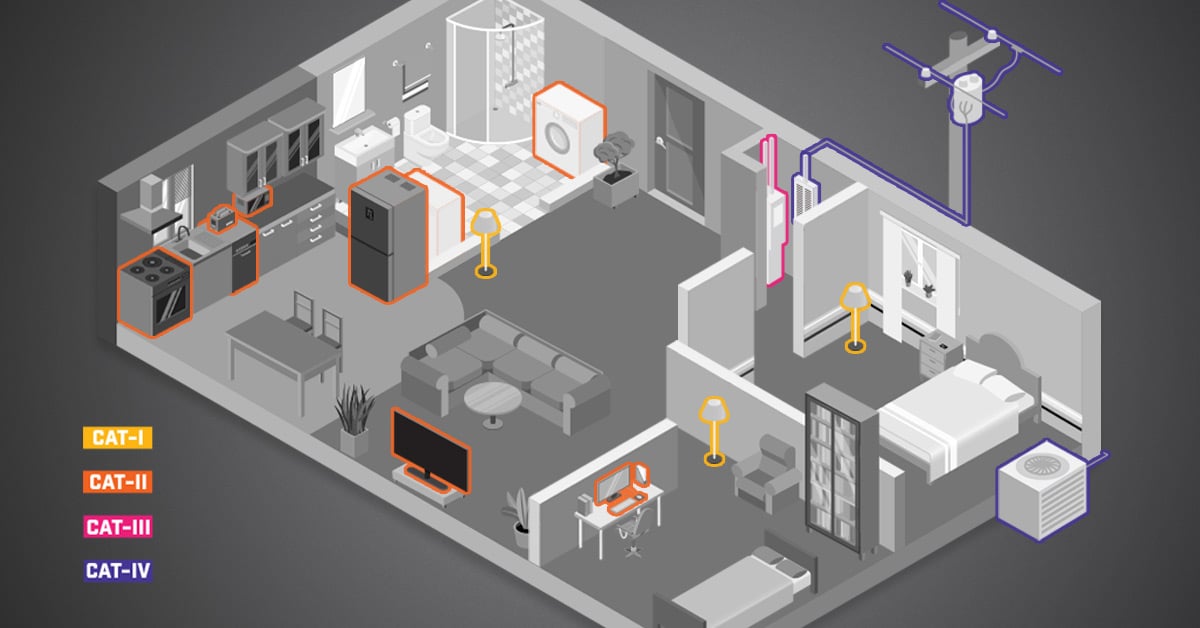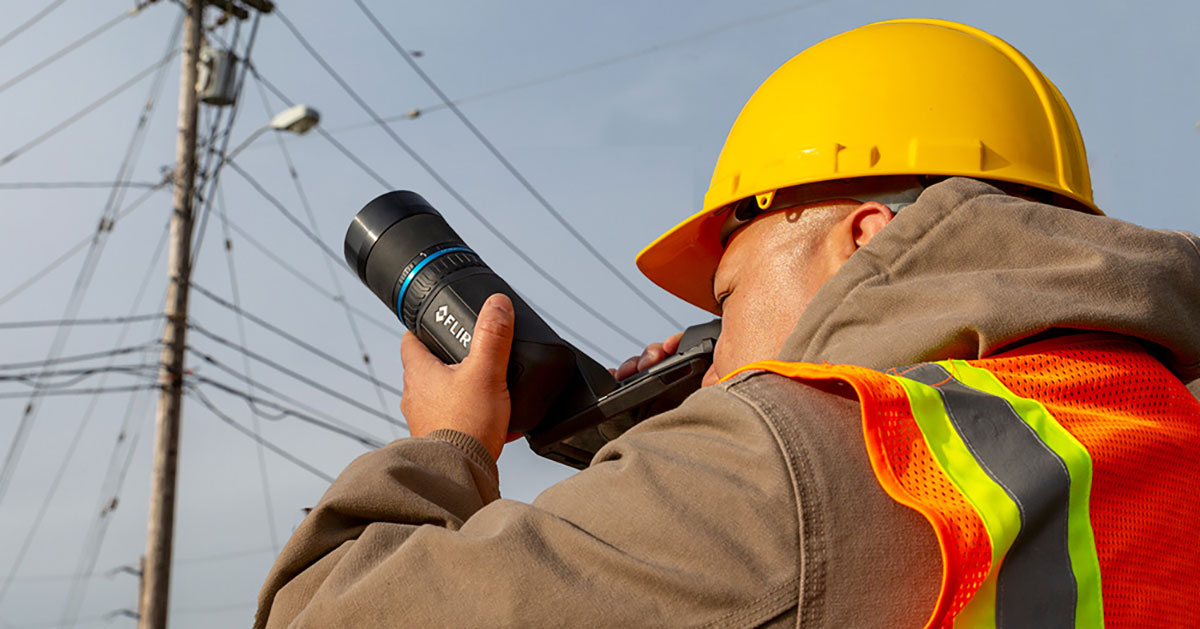Thermal imaging cameras from FLIR help optimize low-cost housing solution
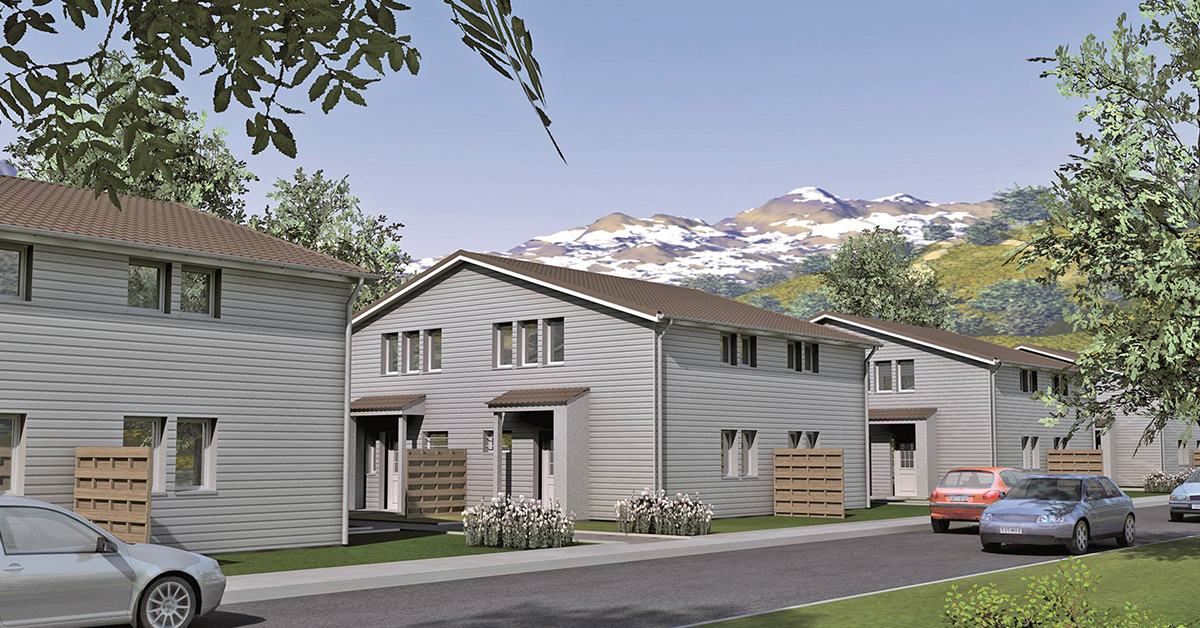
As part of its many charity projects ArcelorMittal has developed steel based housing solutions for Romanian families in need. The houses needed to be simple, safe, decent, and above all: well insulated. That is where FLIR thermal imaging plays an important role. Research and development professionals at ArcelorMittal Liège Research used FLIR thermal imaging cameras to optimize the design of this housing solution.
Worldwide over 1.1 billion people are living in inadequate housing conditions. The United Nations Centre for Human Settlements (UNCHS) estimates that 21 million new housing units are required each year to accommodate the growth in households. One organization that is dedicated to solving this issue is Habitat for Humanity, their goal is to build simple, decent and affordable homes across the globe. ArcelorMittal set out to help Habitat for Humanity achieve that goal by developing a steel based housing solution for Romanian families in need.
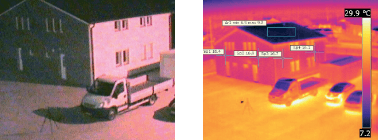
ArcelorMittal is the world's leading steel company, with operations in more than 60 countries, operating in all major global steel markets, including automotive, construction, household appliances and packaging, with leading R&D and technology, as well as sizeable captive supplies of raw materials and outstanding distribution networks.
'Good House'
Three months of development resulted in a prototype called 'Casa Buna', which means 'Good House' in Romanian. This prototype consists of a two-floor house for four families that can be easily constructed by unskilled or semi-skilled volunteers and has at least a 20 year life span. The model uses a simplified design method for light steel frames that was developed by ArcelorMittal Liège Research, Belgium.
The prototype was constructed in the ArcelorMittal facility in Pantelimon, Bucharest, and uses a light steel frame structure, a pre-painted steel roof tile system, a steel rainwater extraction system, and a steel cladding made of pre-painted roll-formed parts. The houses are designed to be environmentally friendly as the steel frame results in a more durable structure that will last longer than other similarly priced models, they can also be easily deconstructed and once disassembled, almost all of the materials can be recycled indefinitely. It is earthquake resistant and complies with European fire resistance standards.
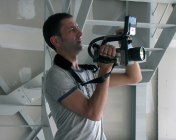
Thorough thermographic inspection
ArcelorMittal also wanted the model to be energy-efficient for environmental and economic reasons, but also to provide comfort, given the fact that the outside temperature in Romania can drop to 20 degrees Celsius below zero. The prototype therefore had to be inspected thoroughly. This was the task of Francis Lamberg, thermography expert at ArcelorMittal Liège Research. "Here at the Research Center in Liège we use thermal imaging cameras for building insulation tests, but also for shear tests in laboratory conditions."
The thermal imaging camera Lamberg used for the energy audit of the Casa Buna prototype was the FLIR S65 thermal imaging camera. "I use this camera regularly and it really is a great tool for energy audits. It is light, compact and easy to use and it provides exactly the thermal data you need for this type of inspection."
Industry leading image quality and special features
The FLIR S65 thermal imaging camera contains a microbolometer detector that produces thermal images at 320 x 240 pixels resolution. Currently FLIR Systems no longer markets this camera model. It has been replaced by the FLIR B660 thermal imaging camera. With a resolution of 640 x 480, a sensitivity of less than 30 mK (0.03 °C) and the best thermal imaging features modern technology has to offer, such as geo-referencing capabilities, voice comment recording, Thermal Fusion and Picture-in-Picture features this camera is the best thermal imaging camera for building inspections on the market today.
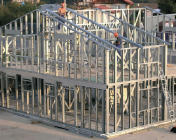
But energy audits require more than just the camera itself according to Lamberg. "You need proper training and good software. Without the proper training it is all too easy to draw false conclusions. The software is also paramount, for it allows you to analyze the thermal data in great detail." FLIR Systems provides training courses in cooperation with the Infrared Training Center. The courses are divided in three levels of training. Lamberg followed the thermography level 1 training course, followed by a two day course specifically targeting energy audits. "The hands on Level 1 training I received from the ICT proved to be invaluable to this project; it really helped me to collect accurate and reliable thermal data." The software programs Lamberg uses for the data analysis are QuickReport, ResearchIR and BuildIR.
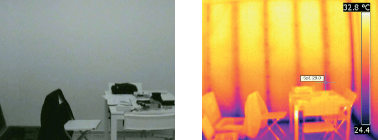
Insulation flaws
The thermal data Lamberg collected proved that the prototype had some initial insulation design flaws. Lamberg proved that both in the window frames and in the indoor partition walls progress the insulation was imperfect. "We found several thermal bridges during the inspection. A thermal bridge is an area with less insulation. Heat follows the path of the least resistance. Often heat will 'short circuit' through an element that has much higher conductivity than the surrounding material. This is called a thermal bridge." Luckily both of the insulation problems were easily solved. "A new version was made with these changes implemented, and repeated thermal imaging inspections proved that the new prototype showed no thermal bridges."
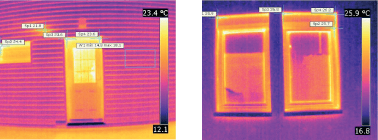
Lamberg is very happy with the support from FLIR throughout. "Training, camera quality, after sales support, FLIR delivers the whole package." The FLIR S65 thermal imaging camera Lamberg currently uses still functions perfectly, but in the unlikely event that something happens with it, or if Lamberg needs an additional thermal imaging camera, his choice in camera supplier is clear: "It will be a FLIR."

